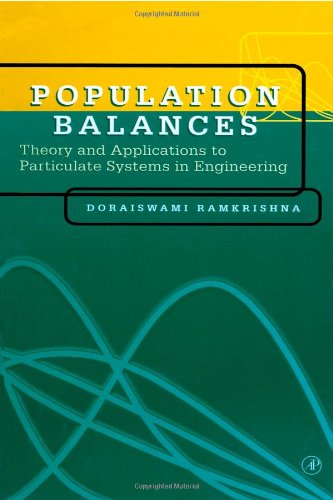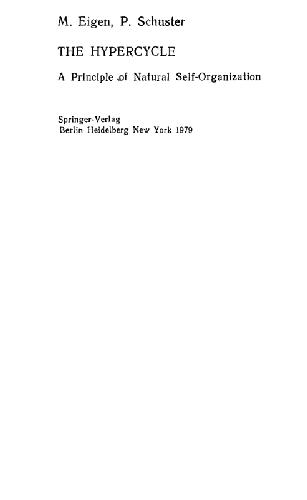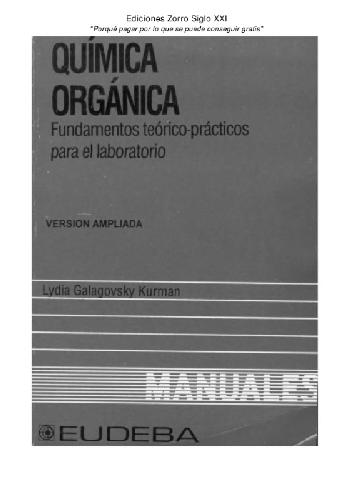Doraiswami Ramkrishna9780125769709, 0125769709
Population balances are of key relevance to a very diverse group of scientists, including astrophysicists, high-energy physicists, geophysicists, colloid chemists, biophysicists, materials scientists, chemical engineers, and meteorologists. Chemical engineers have put population balances to most use, with applications in the areas of crystallization; gas-liquid, liquid-liquid, and solid-liquid dispersions; liquid membrane systems; fluidized bed reactors; aerosol reactors; and microbial cultures.
Ramkrishna provides a clear and general treatment of population balances with emphasis on their wide range of applicability. New insight into population balance models incorporating random particle growth, dynamic morphological structure, and complex multivariate formulations with a clear exposition of their mathematical derivation is presented. Population Balances provides the only available treatment of the solution of inverse problems essential for identification of population balance models for breakage and aggregation processes, particle nucleation, growth processes, and more. This book is especially useful for process engineers interested in the simulation and control of particulate systems. Additionally, comprehensive treatment of the stochastic formulation of small systems provides for the modeling of stochastic systems with promising new areas of applications such as the design of sterilization systems and radiation treatment of cancerous tumors.
Outstanding features:
A clear and general treatment of population balances with emphasis on their wide range of applicability. Thus all processes involving solid-fluid and liquid-liquid dispersions, biological populations, etc. are encompassed.
Provides new insight into population balance models incorporating random particle growth, dynamic morphological structure, and complex multivariate formulations with a clear exposition of their mathematical derivation.
Presents a wide range of solution techniques, Monte Carlo simulation methods with a lucid exposition of their origin and scope for enhancing computational efficiency.
An account of self-similar solutions of population balance equations and their significance to the treatment of data on particulate systems.
The only available treatment of the solution of inverse problems essential for identification of population balance models for breakage and aggregation processes, particle nucleation and growth processes and so on.
A comprehensive treatment of the stochastic formulation of small systems with several new applications.
BENEFITS
(The benefits correspond to the features above in the same order)
This helps to find new applications of population balances and expanding the scope of their applications.
Provides directions for sophistication of population balance models to accommodate various complications not envisaged before.
Useful for process engineers interested in the simulation and control of particulate systems.
Of significance to the treatment of experimental data on dispersed phase systems.
Useful for process engineers interested in the simulation and control of particulate systems.
Develops the modeling of stochastic systems with promising new areas of applications (e.g., design of sterilization systems, radiation treatment of cancerous tumors).







Reviews
There are no reviews yet.